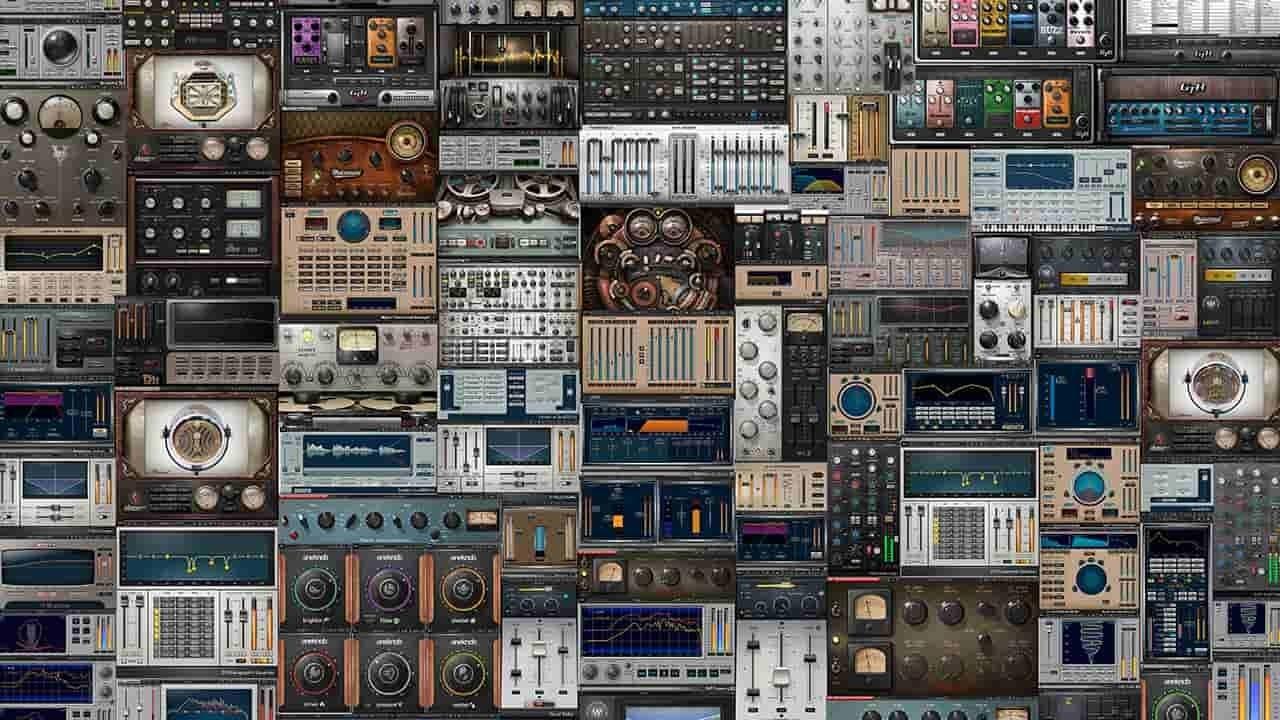The All-Things-Audio Blog
Consider the Reverb in BOTH Ears

I learned this trick from a good friend and relative named Ryan Staples. He worked at Ocean Way Studios alongside Jack Joseph Puig (JJP). He had a lot of useful information and tips and tricks he picked up from various engineers he had run into. This was one that stuck out to me.
I had asked him a few questions about reverb. I was struggling to get my vocal and synths to sound big. He had mentioned a few EQ tricks (which work wonders but didn’t help quite help out here). He talked about distortion. Tried it. Didn't quite work. Then he said something along the lines of, "have you tried different reverbs in the left and the right?"
(insert timandericmindblown.gif)
I'd never heard anything like that. Two different reverbs in each ear?? Wouldn't that send earth spinning out of the solar system? Corrupt patterns established millions of years ago? I was fascinated at the idea. I always thought to have one, two, maybe three different reverbs on my whole mix. I would send different things ...
What is the Best Plug-In?

If you’re like me, you’re always wondering which reverb(s) and delay(s) you should be using on your mix. There are so many options. So many that “look cool.” So many that people have told you “sound the best.” So which one is the best?
Well the good news is, you can’t mess up. By using your ears, you’re going to be able to tell if something is working or not. So rule out the scare/mess up factor, because that’s bogus.
The best way I was able to figure out reverb and delay was to try one at a time. It’s kind of similar to what I say about EQ and compression (which is a huge time saver, just picking one thing), it’s more about learning the gear, which results in a big problem I have with plugins. The reason being, if you buy a $1500 outboard compressor, you’re going to run everything through that. You spent 1500 flipping bucks on that thing, you’re going to learn it. But when you buy 200 plugins for $500, you all of a sudden have a bunch of tools to learn from. And more often than not...
Create Tone through Distortion

I love to mangle my effects to get different character rather than your straight-forward reverb or delay. By adding distortion and messing with the pitch, you are not only creating different tones and textures, but you're expanding the harmonic content.
Remember the lower a note is played, the lower its cycle (hz) becomes. So by modulating pitch on a reverb or delay, you are increasing and decreasing the frequency at which that sound occurs, creating a wider span of audio content. Now you could argue; “But won't this make my thing out of tune??" Probably! But that's what is so awesome about this. Depending on the type of music, it may be a good thing. It may mix things up a bit to make things a little bit abnormal.
For example, look at Boards of Canada. They use modulated pads that make the character of the notes go in and out of tune. It's all done in a matter of cents on the pitch scale, but they do it nonetheless. So let's say you are doing a vocal reverb/delay send, you can cre...
Avoid Fake Sounding Audio

Reverb: The Bane of Audio

Reverb is one of those weird effects that screws up a lot of people. I would always get tripped up with it and feel like I was always doing the wrong thing. Over the years, I’ve found that I usually like to shave off highs & lows on reverb & delay sends. However, this can get out of hand quick, and you need to make sure that you DO NOT let that 150hz-5k range get clogged. Be smart and use EQ!
One advantage to cutting highs on a reverb is you are helping make sure it doesn't get in the way of your lead. Whether that be a vocal, synth, or something else, when you have too many "things" competing for attention in the upper region, it can get messy and too many things are competing for your attention.
Cutting lows serves the same purpose. You don't want to get your low end too clogged up with low end information. This is important to watch out for because that low area can easily get out of hand and take up a ton of headroom in your mix. Shaving off some of that unnecessary low end is a...
Beefing Up The Low End

Pitch reverb down an octave to create space and deeper tones.
If you feel like something is lacking beef or low-end thickness, try pitching it down an octave. It will bring in new harmonics and add depth that wouldn't have been there otherwise. This doesn’t always work, and definitely doesn’t work on everything. So use your ears.
Another way to add to the thickness would be by throwing it through a distortion to accent that low-end even more. Sometimes, especially with reverb, it gets harder to pick out the low information. By distorting it, you're creating EVEN MORE harmonics so your ear can pick it up easily, especially in a dense mix.
Keep your ears open and the spectrum analyzer open. The low end in a mix can easily get out of hand fast, and by adding low-end reverb, you’re going to be adding to that potential hazard. Be smart about how much you’re doing this and what kind of instruments you are sending to it.
Here are a few examples of where you would want to use this:
